Charles-Édouard Jeanneret, better known as Le Corbusier, was one of the best and most radical architects in history. His buildings and design have left a lasting impression in planning for city spaces. He has also had an impact on Indian cities where he transformed Chandigarh into one of the best-planned cities in the world during the time. He was an advocate for open spaces and spacious architecture. He has left his impression throughout the world from France to the UK and USA. He had an immense impact on contemporary architecture and a new style of urban design that has been imitated and not paralleled after his legacy. Many great designers were inspired by Le Corbusier and many Indian planners have also worked under him in designing and changing city landscapes.
Here are five best designed buildings by Le Corbusier that have left an indelible mark on the world:
1) Palace of Justice, Chandigarh – This is the prime location of Le Corbusier’s work in India. The colors and the texture of the landscape make it a very important planning location for the city. He also created many parks and outdoor spaces in Chandigarh including the High Court of Punjab. The Palace of Justice is an important landmark for lawyers and the justice system in India. The Palace of Assembly is another important landmark that is enjoyed by more people in Chandigarh. The urban design philosophies that Le Corbusier adopted here is an example for other architects and urban planners.
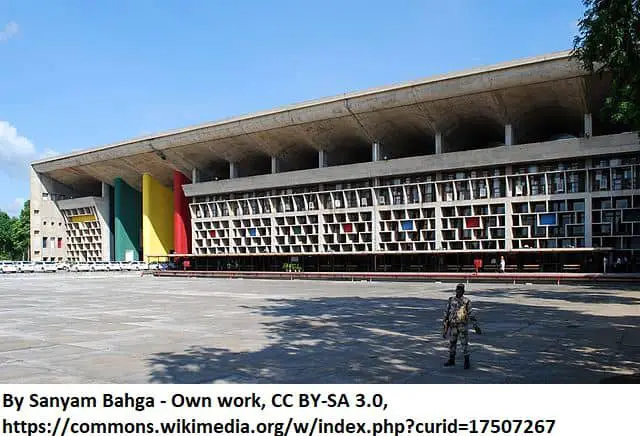
2) United Nations Headquarters, New York City – The United Nations Headquarter was finished in 1950s and is one of the most reputed place that global visitors from around the world visit on a regular basis. It is the meeting place of world leaders from around the world right at the heart of one of the most developed cities in the world. Le Corbusier’s unique design with a lot of place for visitors to walk and explore the building is an example of good planning structure and has been appreciated by many designers after the building was built. Many contemporary architects have also used this design for other buildings taking Le Corbusier as their example.
Related: Waterfront Cities
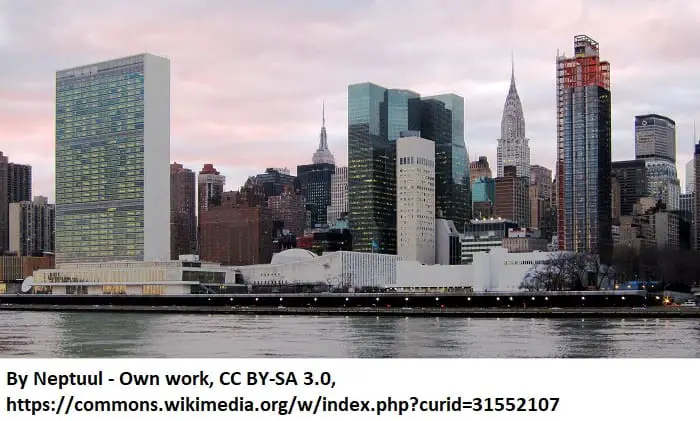
3) Notre Dame du Haut, Romchamp – This building is perhaps one of the most celebrated and well-known churches of Le Corbusier. The shape of the building and the unique urban design that is used, was both loved and loathed by many architects and planners. The southern wall is well known and begins as a narrow point on the eastern edge expanding towards other corners. The building is known for its sharp edge that is most prominent. This was one of the first buildings influencing modernistic urban planning as Le Corbusier was a pioneer of modernism.
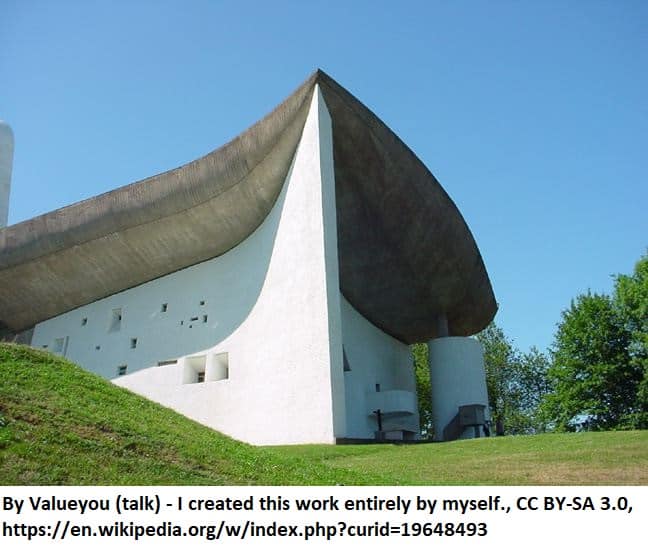
4) Mill Owners’ Association Building, Ahmedabad – This is one of the most simple designs of Le Corbusier, which was built after Le Corbusier’s experiments in Chandigarh. He had a big influence on Indian architecture post-independence and his designs are still revered in the country. He was one of the biggest western architect that influenced much future Indian architecture. The building is full of life and does not appear dominating. It is visited by people on a regular basis and is a well-known structure in the city of Ahmedabad. It is used as an office block and has a lot of space within the building, which Le Corbusier was well-known for.
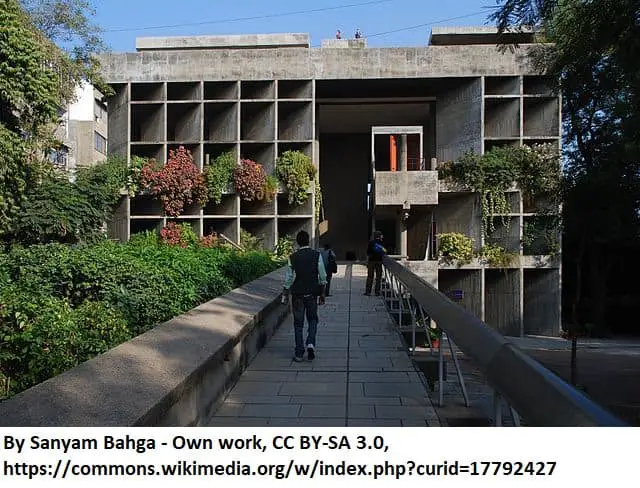
5) Gustavo Campania Palace, Rio de Janeiro – Le Corbusier also had an impact on Brazil’s architecture, another developing country he left a mark on in addition to India. This modernist project was well taken by the city and was commissioned by the state. Although Le Corbusier suggested that the building should be near the sea, it’s final location was in the downtown center, which was disappointing to many modern architects. However, this project was thought to resemble Brazilian culture and the modernist movement that was emerging in the country.
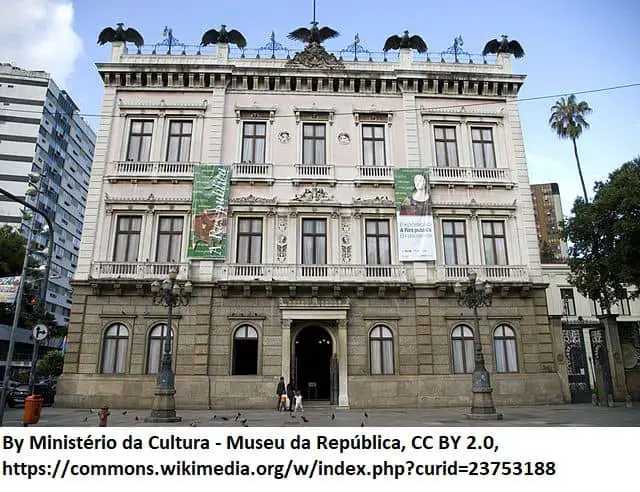
Therefore, Le Corbusier’s work had an impact throughout the world, not just in France or the developed world but his urban planning influence was well regarded in the developing world as well. This shows his power to influence architecture and planning throughout the world. Although many people criticized Le Corbusier for his innovative thinking and thinking outside of the box as a revolutionary in the field, his buildings have left a lasting impression on people to this day.
Related Articles
- Doreen Massey on Urban Space
- Influence on Urban Planning by Kevin A. Lynch
- Jan Gehl’s Promotion of Urban Public Life
- John Friedman’s Theories of Economic Planning
- Edward Soja’s Theories of Urban Space
- Jane Jacob’s vision for cities
- The Great Town – Friedrich Engels | Summary
- Baron Haussmann’s Urban Development of Paris